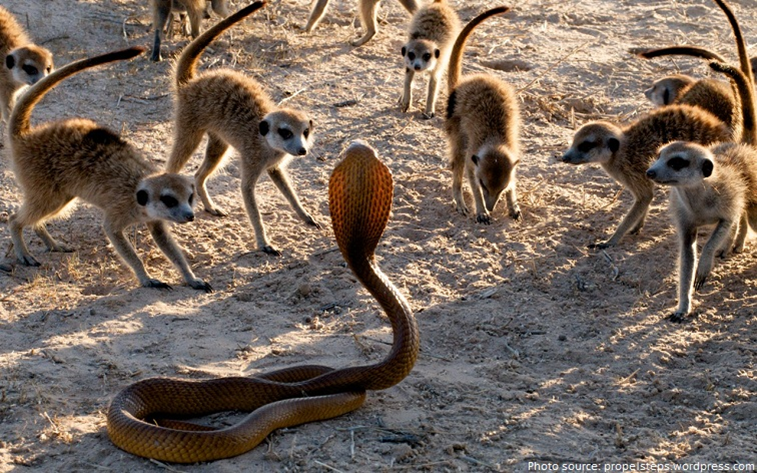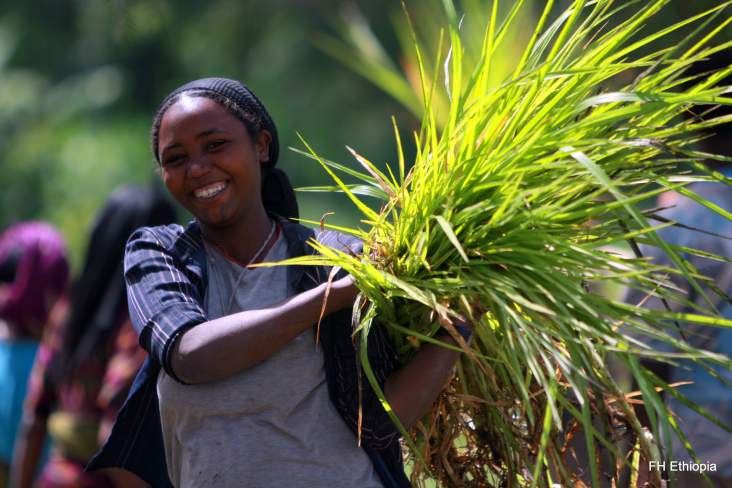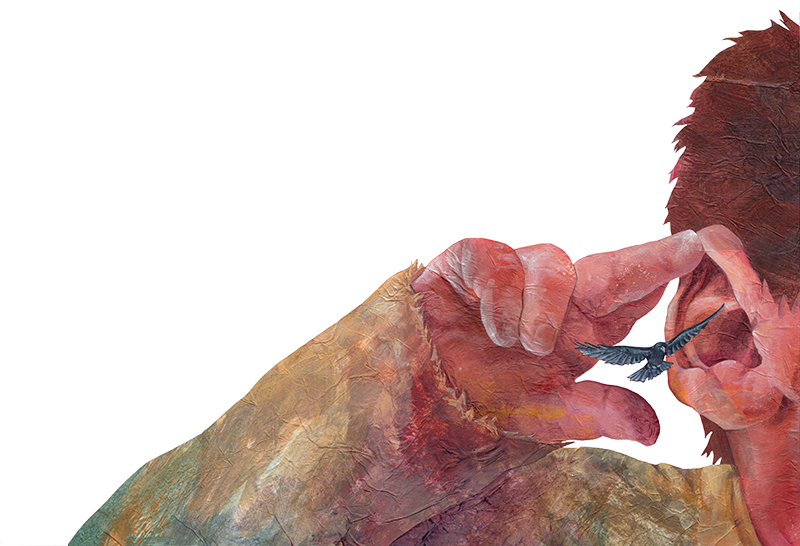(Guest Post by Jarret Cassaniti from the Johns Hopkins Bloomberg School of Public Health Center for Communication Programs)
Each time I deploy Net-Map I learn new things. I have found the systematic revelation of connections between stakeholders in digital health, family planning, and meatless diets captivating.
My most recent work with Net-Map was with an entirely new stakeholder group, neighborhood store managers and their clients. This work revealed two hidden actor types: the city council, and school teachers. My article, Influence Networks Relating to Health Knowledge Among Nairobi’s Micro-Retailers and Their Clients includes a robust discussion of how these and other actors are well-positioned to improve health-seeking behavior in Nairobi’s informal settlements.
Alongside top-up cards, packets of condensed milk, and batteries in small shops across Kenya are health products. The bars of soap, nutritional supplements, and toothpaste make these neighborhood vendors natural candidates for a health promotion role.
But do the retailers have the interest and capacity to play this role? And would their customers seek information from them and trust the responses? In 2018, Johns Hopkins Center for Communication Projects (CCP) joined Transform in Kenya, a project led in part by Unilever and DFID, to find the answers to these questions.
Net-Map was chosen as a formative research tool because of its visual nature, easy-to-learn process, and multiple layers of analysis.
I spent one day leading a facilitator training and the next four in Nairobi’s informal settlements. I helped 76 members of two online community networks, UAfya and UJoin, draw eight influence maps.
Each day I reveled as the conversations between participants reached a crescendo at the end of the Net-Mapping process. When the facilitators asked the segmented groups to analyze, and then compare their completed maps, we witnessed bonafide knowledge sharing and exchange.
Prior hours of analytical thinking paired with the visual aspect of Net-Map gave participants a shared language and the confidence to express their unfiltered reactions. It was during this stage of the process that the Nairobi city council and school teachers were revealed as important hidden actors.
The city council has high levels of influence in the community and is well connected. They are in a unique position to endorse and elevate shopkeepers as reputable health promoters. School teachers are influential to shoppers and are also well connected through children. They are well-positioned to encourage shoppers to go to shopkeepers for health information.
With both high levels of influence and numerous connections, these actors could help Transform deliver a lasting impact through the power of inclusive markets. These conclusions were validated through the digitization of maps and statistical analysis completed through DataMuse. All maps and the influence/connections matrix were published in a March 2021 article in the Electronic Journal of Knowledge Management.
Since being trained by Eva and Amit in 2014, I’ve become the go-to Net-Map expert among my colleagues at CCP and I’ve had the privilege of implementing Net-Map activities in Tanzania, the US, Nigeria, and now Kenya. As I watch participants develop maps through their own hands I am invigorated. I am also gratified to know that Net-Map has joined the ranks of other research methods among my peers working in health and inclusive markets.
My experience in Kenya and the resulting article have bolstered the nascent body of knowledge surrounding neighborhood stores and online communities promoting health. I hope that others will use this research to develop new questions for additional research and use the findings to implement innovative projects around the world.
Filed under: case studies, exploring new ideas, fine-tuning implementation, guest post, International development, notes from the field, Public Health, Social Networks | Tagged: DataMuse, Digital Health, Family Planning, Informal Settlements, Johns Hopkins Center for Communication Projects, Kenya, Meatless Diet, Neighborhood Stores, Peer Reviewed Article | Leave a comment »





 I am just back from work in Southern Africa. And while I was in a specific country with it’s specifically difficult political context, the question that keept us awake at night was rather universal: How can we influence without much formal authority? How can we achieve the greater good (as we define it, anyway), when doing so will cut off streams of illicit benefits for many people in high position?
I am just back from work in Southern Africa. And while I was in a specific country with it’s specifically difficult political context, the question that keept us awake at night was rather universal: How can we influence without much formal authority? How can we achieve the greater good (as we define it, anyway), when doing so will cut off streams of illicit benefits for many people in high position?








 With my colleagues
With my colleagues  A Net-Map
A Net-Map


